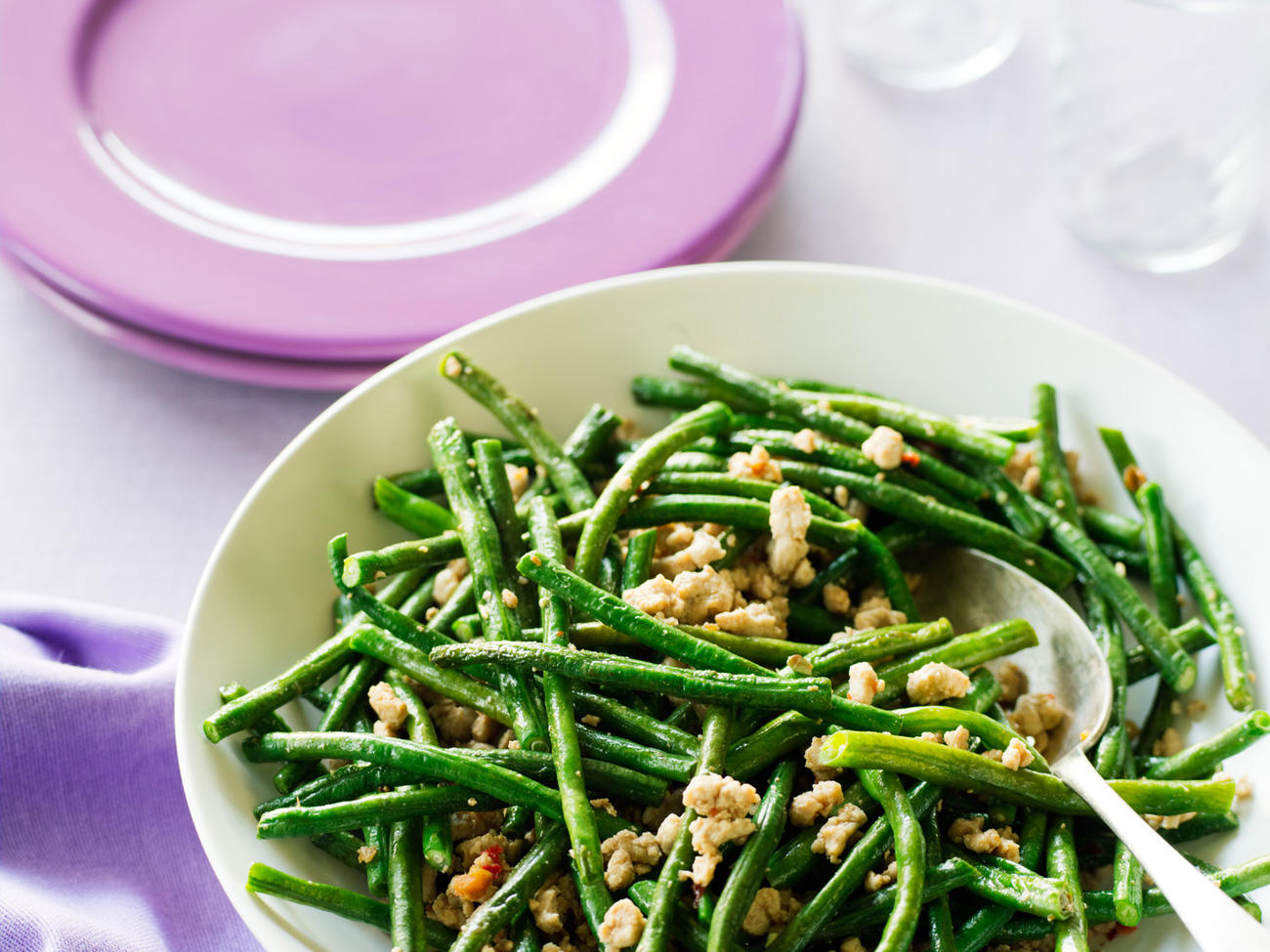
Fresh bean bounty
Relish these popular vegetables in all their colors, sizes, and shapes

Thomas J. Story
In this story
- Cooked Fresh Beans
- Beans with Sesame Dressing
- Beans with Tarragon Vinaigrette
- Beans with Basil Gremolata
- Cumin-Orange Beans with Linguine
- Curry Spice Beans
- Long Beans with Black Bean Sauce
- Bean Bundles
- Bean Knots
- Zuppa di Pasta e Fagioli Freschi (Pasta and Fresh Bean Soup)
